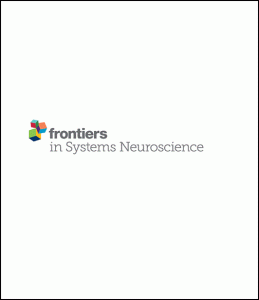Questo studio propone lo sviluppo di un protocollo sperimentale che usi l’apprendimento percettivo, sviluppandolo in modo mirato per ciascun paziente affetto da maculopatia degenerativa, al fine di offrire approcci riabilitativi semplici ed economici e che permettano di migliorare le funzioni visive periferiche.
 Rehabilitation approaches in macular degeneration patients.
Rehabilitation approaches in macular degeneration patients.
Marcello Maniglia, Benoit R. Cottereau, Vincent Soler and Yves Trotter.
Frontiers in Systems Neuroscience 2016;10:107.
Age related macular degeneration (AMD) is a visual disease that affects elderly population. It entails a progressive loss of central vision whose consequences are dramatic for the patient’s quality of life.
Current rehabilitation programs are restricted to technical aids based on visual devices. They only temporarily improve specific visual functions such as reading skills.
Considering the rapid increase of the aging population worldwide, it is crucial to intensify clinical research on AMD in order to develop simple and efficient methods that improve the patient’s visual performances in many different contexts.
One very promising approach to face this challenge is based on perceptual learning (PL). Through intensive practice, PL can induce neural plasticity in sensory cortices and result in long-lasting enhancements for various perceptual tasks in both normal and visually impaired populations.
A growing number of studies showed how appropriate PL protocols improve visual functions in visual disorders, namely amblyopia, presbyopia or myopia.
In order to successfully apply these approaches to more severe conditions such as AMD, numerous challenges have to be overcome.
Indeed, the overall elderly age of patients and the reduced cortical surface that is devoted to peripheral vision potentially limit neural plasticity in this population.
In addition, ocular fixation becomes much less stable because patients have to rely on peripheral fixation spots outside the scotoma whose size keeps on evolving.
The aim of this review article is to discuss the recent literature on this topic and to offer a unified approach for developing new rehabilitation programs of AMD using PL.
We argue that with an appropriate experimental and training protocol that is adapted to each patient needs, PL can offer fascinating opportunities for the development of simple, non-expensive rehabilitation approaches a large spectrum of visual functions in AMD patients.
